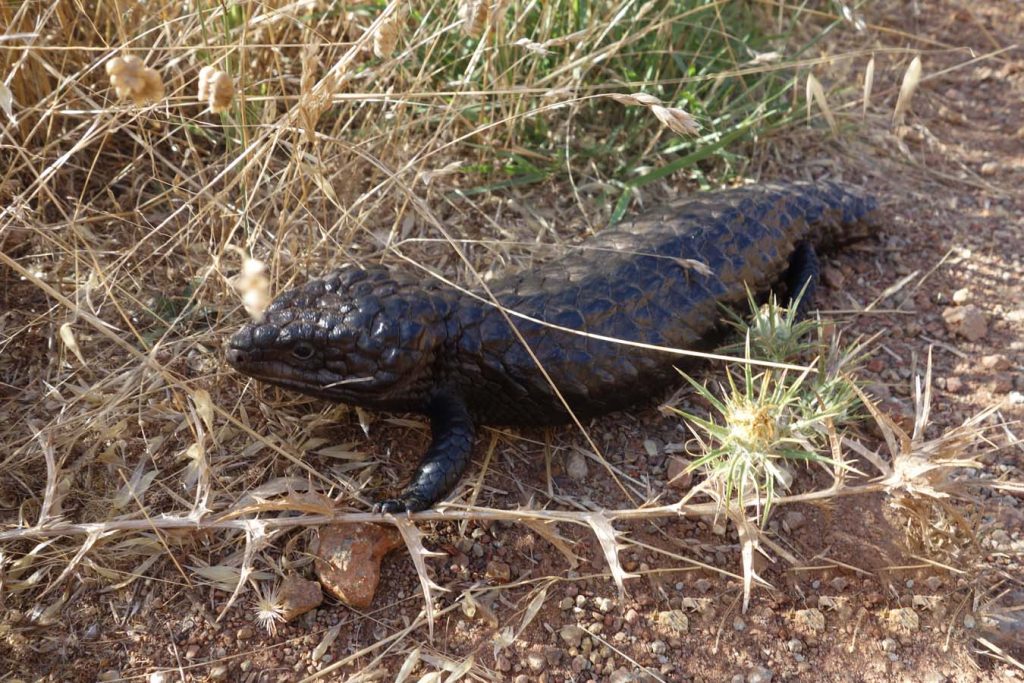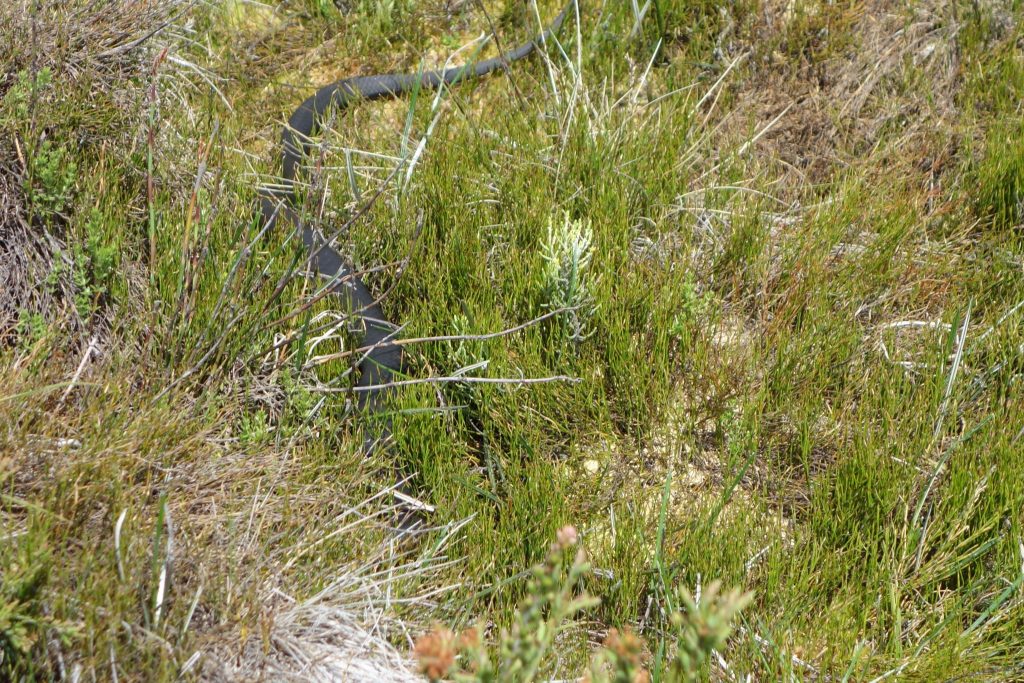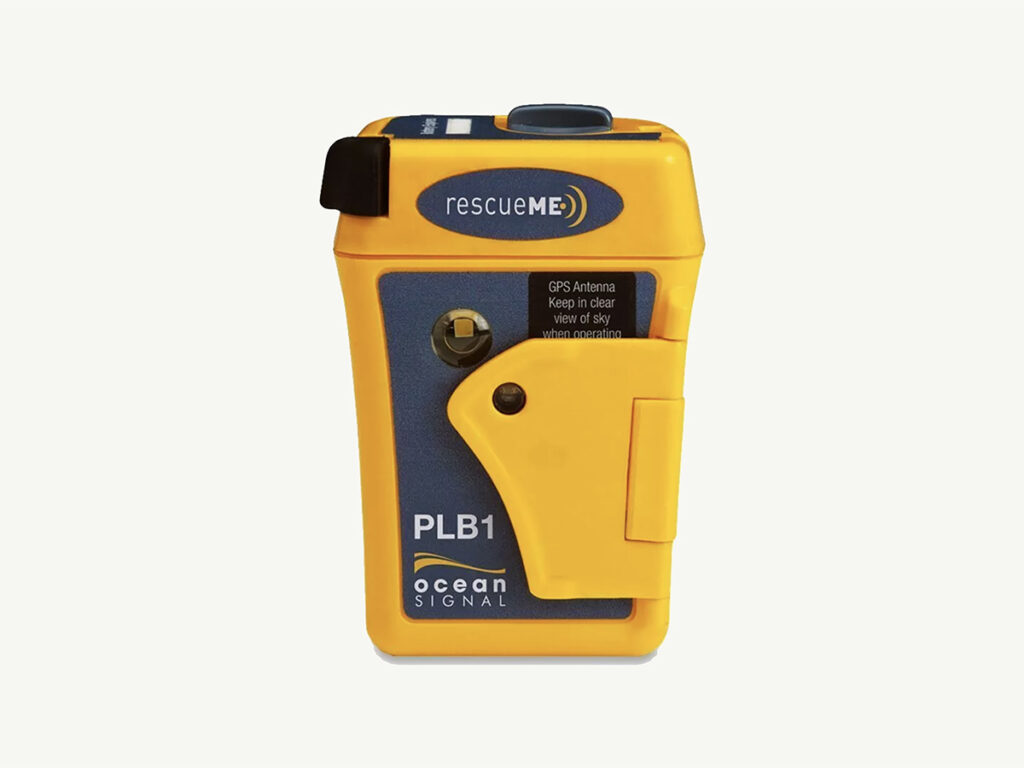Solo Hiking, is it for you?
Hiking practice
For those of you who don’t know me I am a hiker of two halves. The first is the sensible average hiker who walks with (and behind) his wife at a normal, if slightly fast pace, usually for no more than 15-20 km at a time except in rare exceptions, and usually for no more than 6-7 hours a day.
The second is the fanatical solo hiker who challenges himself to the point of ‘crazy’ and will occasionally hike up to 50 km+ over a 12-15 hours in a single day; then do it all over again the next day.
I enjoy both types of hiking for very different reasons.
This article looks at the differences between solo and group hiking including the pros and cons, we identify the skills that are essential to be able to hike safely, and finally discuss when you shouldn’t solo hike.
What is Solo Hiking?
While the term is pretty self-explanatory, solo hiking is hiking by yourself. There are different degrees of solo hiking. Doing a 3 km solo hike in an area you know well and where other people are common as opposed to doing a six week through-hike in a new area are two totally different creatures.
When you first start solo hiking start small. Do small day hikes; build up to simple overnight hikes before progressing to multiday overnight hikes. While skills gained hiking in a group are transferable there are new skills, including mental toughness that need to be developed.
Advantages/benefits of Solo Hiking
Solo hiking has a number of advantages and the following are just a few.
- Solitude
- For most of us we are rarely ever truly alone. We work with, live with and socialise with people and while we have quiet periods, humans are group animals.The ability to truly be alone is a rare thing and I must admit not something that everyone likes. However, for me I relish those periods when it’s just me. Solo hiking allows me to withdraw into myself, not in a negative way, but in a way that allows me to really think. I was late to life as a university student and most of my ideas for my assignments, as well as most of my ideas for articles for this blog come when I’m by myself.
- You choose when to socialise
- If you are solo hiking it doesn’t mean you don’t talk to anyone, ever. What it does mean is that you can choose to be sociable if you want to be and talk to other hikers as you feel the need for human contact. As a large adult male I am aware I can present an imposing presence particularly to females. As I have gotten older I have found that people feel less threatened and more likely to talk to me than when I was younger, or if I was traveling in a group.
- Hike your own hike (HYOH)
- You set the pace
- It wasn’t until I started doing long distances by myself that I realised the pace and ability I had when hiking with my wife were limits imposed by the group situation. I can, and do occasionally hike 50 km+ in a day when I solo hike. As a couple that is something we have never done and while I haven’t directly asked, I know it’s not something that interests my wife. Also being 20 cm taller, my longer legs allow me to take much fewer steps to achieve the same distance so when I’m by myself I can stride out if I choose.
- You make all the decisions
- Its 6:00am. Is it time to get up now? Is it time for breakfast? Where do you want to go today? What’s for dinner? Oh that’s right its just me, I don’t have to discuss anything, its my choice.
- You set the pace
- Challenge yourself
- For me one of the reasons I solo hike is to challenge myself. In the past few months I have done two ‘crazy’ hikes, which has included a single day hike to Mt Bimberi of 54 km, and a three-day hike on the 145 km Canberra Centenary Trail.Not something that interests my wife. For me this was a challenge to see what I was capable of and to help plan some long distance thru-hikes I will be doing over the next five years. It was also because I just wanted to see what I could do!Just because I’m over 50 years of age doesn’t mean I can’t do crazy things. While I don’t mend as quickly as I did when I was younger I have more experience, know my body much better and am mentally much stronger. Age is not an excuse for not doing things. If you want to solo hike the Pacific Crest Trail in the USA, then do it. This particular hike is on my bucket list but not for at least another ten years; I have too much to do between now and then.
- You see more
- The smaller the group, the less the noise. The less the noise the less likely that wildlife will be scared away. Having said that on our 2017 Overland Track trip we were one of the smaller groups (two) and from what I can tell the only group that didn’t see Tiger snakes.

Shingleback Lizard just sitting in the path
Disadvantages/drawbacks of Solo Hiking
While there are many benefits to solo hiking there are also a number of drawbacks as well.
- Solitude
- Hang on wasn’t this an advantage? Solitude is a big advantage, at least for me but for many there is a limit. Doing short distance solo hikes while presenting a mental challenge is in reach of most people. Doing long distance solo thru-hikes over 2-6 months where you spend large amounts of time by yourself is another kettle of fish altogether. The ability to cope with being alone for long periods when you may not see anyone for days on end is a challenge for many people and one some people just can’t do. There is some debate on what the limiting factor is on a long distance thru-hike. An example of this is the already mentioned Pacific Crest Trail where only 25% of those who start the 4,265 km (2,650 miles) trip actually complete the full trip. There are two schools of thought on why. The first is that physical fitness is the limiting factor. The second school of thought, and the one that I subscribe to is that mental fitness is the liming factor.
- You’re it!
- Traditional hiking wisdom is that the minimum groups size is four people. This works on the assumptions that if one person is injured then another person can stay with them while two people hike out to seek help. This system means that no one is left alone but makes the awfully big assumption that only one person is injured in a group at any one time. A good comparison here is that most people can change a flat tyre but what do we do when you have two flat tyres at the same time? This is a generalisation but the larger the group the bigger the division of labour and the greater the potential (and I do say potential) skill set. When you travel in a group you can always ask someone when something is not quite right e.g. are we lost? Or you need a helping hand with something. You may be getting heat exhaustion but can you tell. If in doubt, STOP.
- Wildlife
- Australia doesn’t have much in the way of large predators such as bears or lions to worry about. Our biggest issue with wildlife is snakes and a large group of hikers will make a lot of noise at least from a snake’s perspective. I expect to see more snakes traveling solo and this is usually the case in the areas I hike.
- Sharing the load
- The ability to share equipment such as stoves, tents and other gear is an advantage for a hiking couple whereas solo hikers will carry everything. A good example here is the shelter. The difference between a one person version of a shelter and the same two person version is not double.

Copperhead snake. I almost trod on this specimen and at no stage was it aware that I was there as it was preoccupied with hunting food on very soft ground
Essential skills/abilities/steps for Solo Hiking
- Let someone know what your plan is, where you will be, and if you change your plan let them know the new plan. Also let this person know when you are back
- Be fit enough for what you have planned
- Fill out trail log books if they exist
- Know how to use a compass and map
- You may not need it but in case of an emergency it may be critical
- Carry a GPS
- A GPS will provide a reasonably surefire ability to locate yourself on a map and to get you back to the end point/start point of the trail
- Carry a Personal Locator Beacon
- I currently carry two beacons. A straight PLB as well as a SPOT. The SPOT is ideal for letting a loved one know you are OK as it allows you to send messages. They can also monitor you in real time. There are devices on the market that do both functions but they chew through the battery power, which can be an issue in an emergency
- Know your limits
- Be self aware. PAY ATTENTION
- Look where you walk and don’t loose focus. When you start loosing focus on the trail as a solo hiker it’s time to stop.
- Know your abilities and skills well enough to know when its time to stop for the day regardless of what you have planned
- Know your abilities and skills well enough to know when to call it quits and stop the hike. Better to be disappointed than injured
- Know when its time to set off the PLB. Serious injury is usually pretty obvious. But is a broken ankle serious or life threatening? It can be and if you are solo hiking it may be something you may need to consider
- For female solo hikers safety on the trail this is something that may be more on your mind as opposed to a male solo hiker. Practice situational awareness regardless of your gender. If you feel uncomfortable remove yourself from the situation
- Have appropriate first aid training to deal with injuries, potentially with you as the patient. Carry an appropriate first aid kit.
- Be self aware. PAY ATTENTION
- Know the environment
- Dry creek beds in central Australia in particular can experience flash flooding. Know the weather forecasts and know the dangers. Rainfall events 50-100 km away can affect you in your current location.
- Be aware of any issue with wildlife such as snakes, ticks, spiders etc. and plan for potential eventualities.
- Be prepared, gear wise for possible eventualities. For most hikes I am prepared for -7 degrees Celsius with my clothing layering system. I’m also prepared for wet conditions and wind chill.

Final Thoughts
So if you think that solo hiking may be something you are keen to try out, I suggest starting out with small non complex hikes first before building on the complexity, length and duration of a hike. Use these smaller hikes to increase your skills and fitness and who knows, you may become hooked and decide that indeed one is better than two, at least some of the time!
Resources
If you want to listen to the podcast version of Solo hiking go to Episode 017